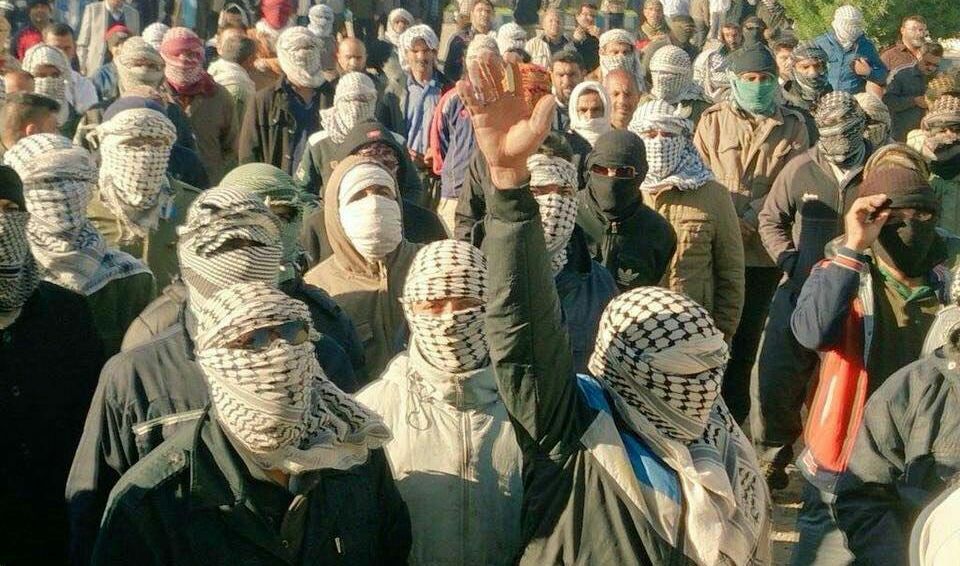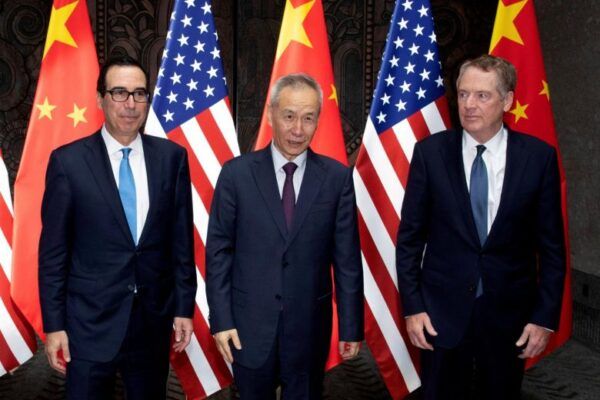Nina Mo is a member of Sozialistische LinksPartei (ISA in Austria).
The statement by former Islamic Revolutionary Guards Corp (IRGC) commander Alireza Alavi-Tabar recently that, “if the current situation continues, people will rise up and the government will face a revolution or collapse which we should deter at all costs,” demonstrates how the Iranian ruling elite fear the continuing workers’ struggles
The harsh impacts of COVID-19 have led to a deepening of the economic and political crisis in Iran. While divisions within the regime intensify, the working class and poor are suffering from the health crisis, repression and growing unemployment and poverty. Although protests by a section of the masses have been paralysed to a certain extent by the Corona-crisis, other sectors of the working class have continued their struggles and strikes in the last months.
The COVID-19 crisis continues
As in many other countries, Iran is facing a new wave of COVID-19 infections, in July both infection and death numbers reached a new peak. After months of lying about the impact of the virus and of reacting far too late with some measures, the regime reopened shops and markets in April and since then, the lockdown has basically ended, with nearly no measures taken to provide safety. The government made the reopening conditional on “health protocols,” but the poor living and working conditions and the lack of public access to safety equipment has caused an increase of COVID-19 infections.
Despite this situation, there have been even more cuts and redundancies in the health sector and in hospitals. At least 500 health care workers in the province of Mashhad, 600 in Gilan and at Atieh Hospital in Tehran, as well as 500 nurses have been fired in recent months. The economic crisis hits the health and social sector very hard. There is still an increasing number of nurses being infected – and dying – due to a lack of safety equipment. Most of the health care workers are underpaid and have temporary contracts. This health care crisis will lead to even more deaths and an uncontrollable spread of the virus.
Impacts of the economic crisis
The rapid drop of oil prices combined with the general massive decline of oil revenues had a big impact on the Iranian economy, which was already in a critical condition. The currency, the Rial, has lost 50% of its value, which has led to new price increases of almost all goods. Right now, a small purchase in the supermarket can cost more than 1 million Rial, the equivalent of US $24. Many employees, pensioners and even small business owners live under the absolute poverty line.
At least two million workers from sectors including construction, services, tourism, retail etc. are expected to lose their jobs, hundreds of thousands are already unemployed. The research center of the Iranian parliament itself estimated that 12 – 27% of all employees will lose their jobs temporarily or permanently. Many of them will not receive unemployment benefits.
Amongst the reasons for the latest wave of protests against the regime from the end of 2017 to the revolts in November 2019 were economic hardships like price increases, unpaid wages etc. So the regime obviously fears a new outbreak of the existing anger.
The hardliners of the regime try to benefit from this situation, accusing Rouhani of “treason against the people.” While Rouhani and his political camp are in a deep crisis, mismanaging dramatically the COVID-19 crisis, and ultra-conservative forces could win some support during the parliamentary elections in February, the whole regime faces a crisis of legitimacy.
This has already been expressed in the harsh state repression and violence during the latest protest wave, killing at least 1,500 protesters, which the regime is now continuing. In the last weeks, protesters have been sentenced to death by the Supreme Court. Workers, feminists, trade unionists and other activists are increasingly arrested and tortured. The regime wants to express its authority and the seemingly successful suppression of the 2017–2019 protests by using such arrests and executions. Many of the workers and activists are now well-known, symbolizing the young proletarian generation which has started to revolt against the regime. It is necessary to organize international solidarity against these arrests and death sentences.
Workers’ struggles
Unpaid wages, dismissals and the lack of safety equipment during the pandemic are the main reasons why workers continued fighting and striking despite the COVID-19 lockdown. Within a few weeks of the first shock caused by the outbreak of the virus, labour struggles which had already emerged in the last years, continued and intensified.
According to some reports, more than 200 different protests across 74 cities have taken place in the last weeks and months: From postal workers to oil and gas workers and teachers. In some cities, medical workers held rallies over unpaid wages and the lack of safety measures. Bus drivers have protested because of months of unpaid wages to demand their payment as well as support and livelihood packages and unemployment insurance. Pensioners held several protests in June to demand their unpaid pensions and for increases, because most Iranian pensioners live under the poverty line. 3,500 coal miners went on strike for higher wages and against the privatization of the company. Since June 14, the famous workers of the Haft Tappeh sugar cane factory have again taken strike action, supported by workers’ associations across the country. The fact that they, amongst other demands, are still fighting openly for the removal of their employer and calling for workers’ control over the factory shows that this struggle can show a radical way forward for the whole working class in Iran.
The key task in the coming period will be the connection between all these individual struggles, building on the November 2019 revolts, organizing general strikes, building a mass organization of the working class and forming a powerful movement to bring down the corrupt regime.




